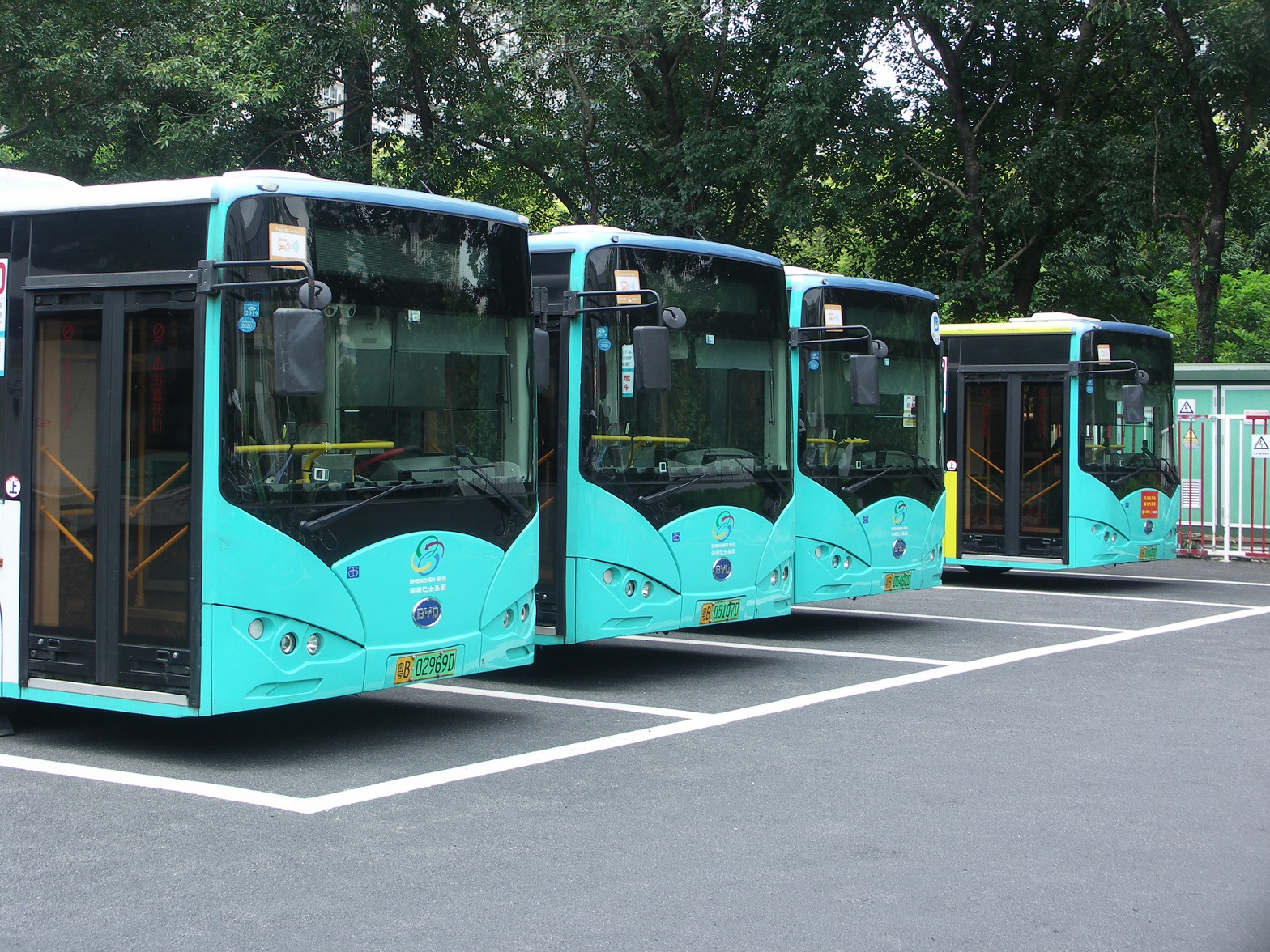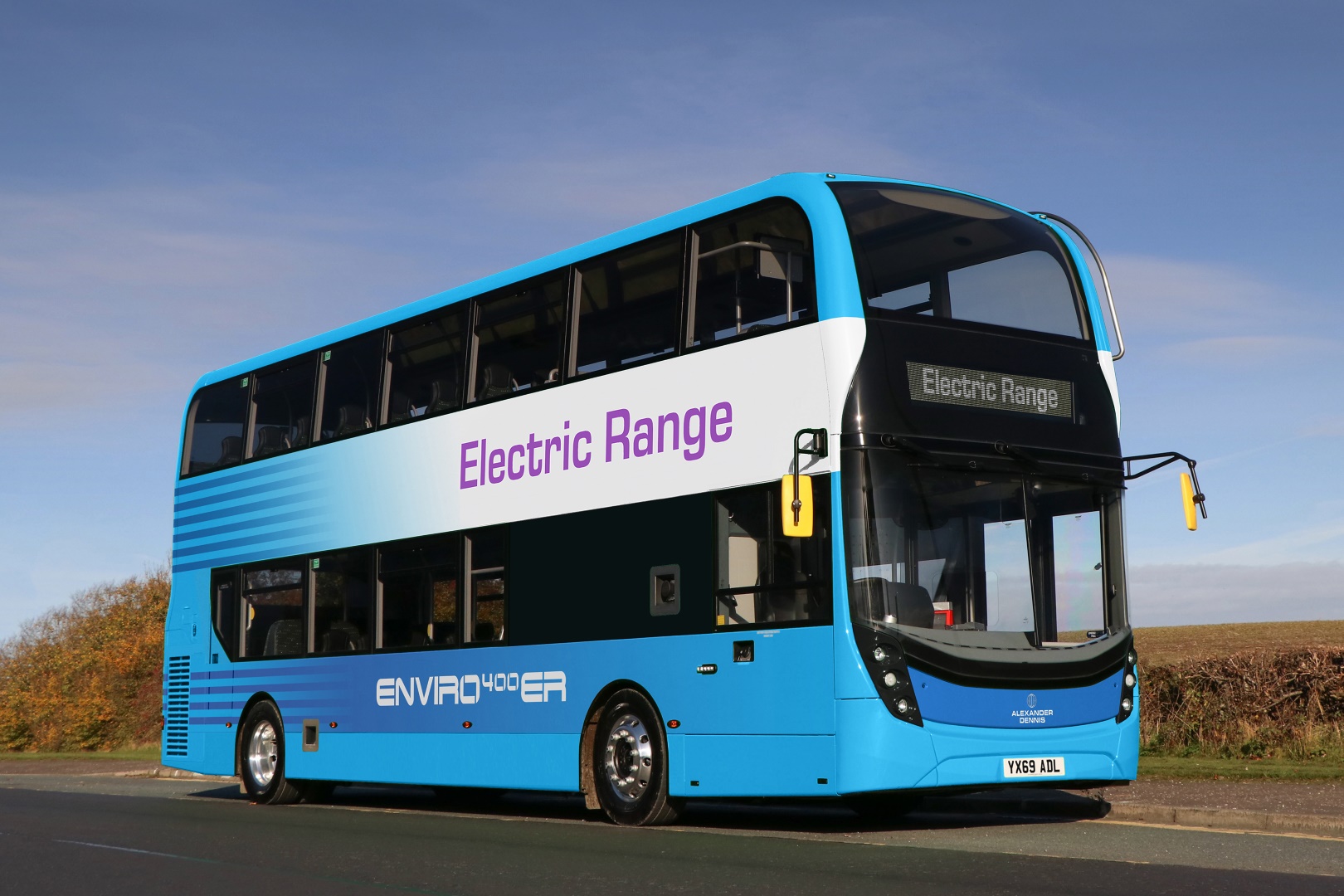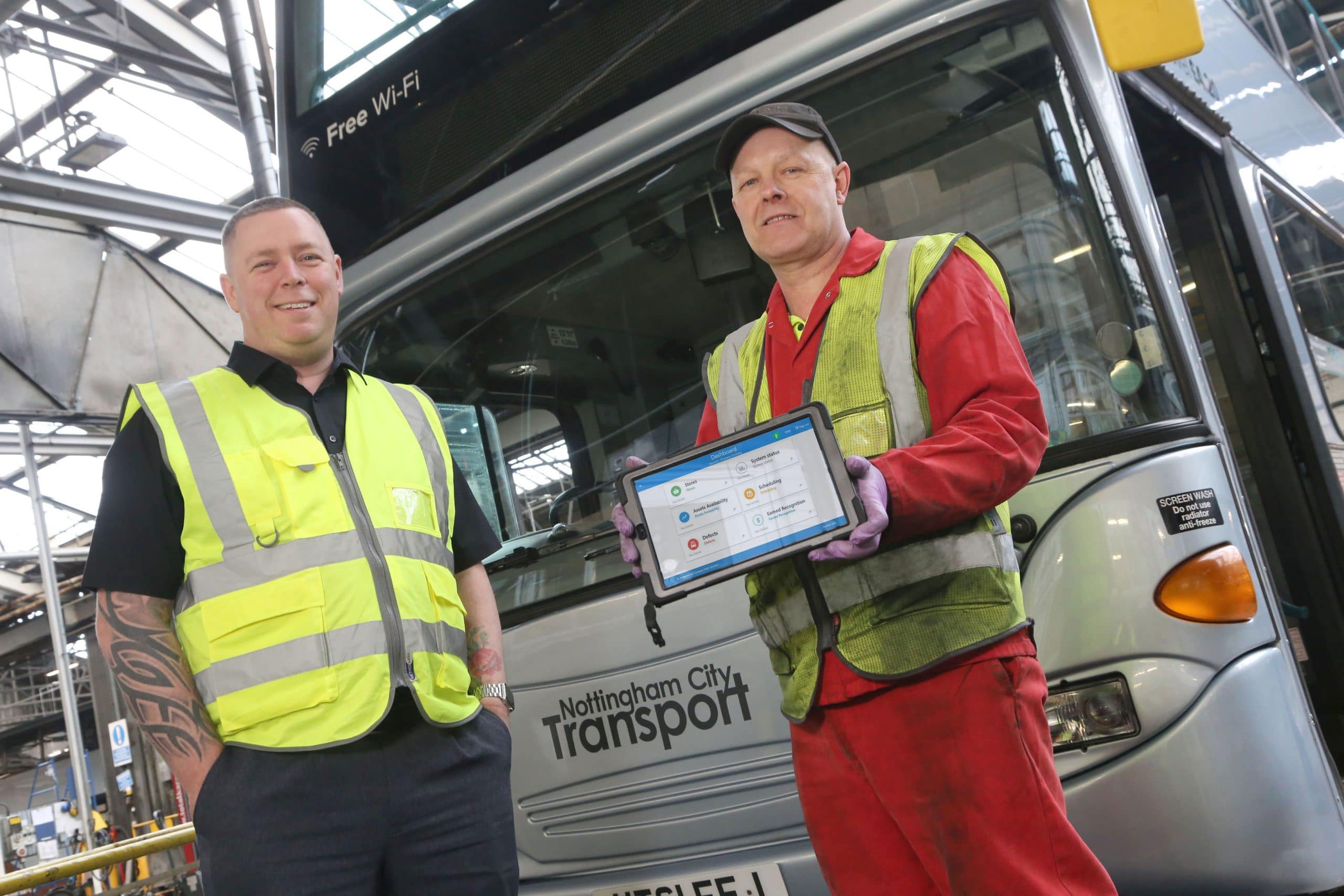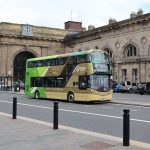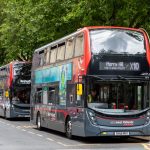In an article published on Trapeze’s website, I explained how data and global perspectives are vital resources as bus operators begin to consider how services can be delivered through the expected recovery from coronavirus COVID-19.
Asia is a particularly useful source of information, given that the region encountered this pandemic before us. I was thus thankful that Joe Ma, Deputy General Manager at Shenzhen Bus Group, agreed to share his experiences.
Joe chairs UITP’s Taxi and Ride-Hailing Committee. He also sits on its Policy Committee. Additionally, having co-ordinated the response in Shenzhen over recent weeks, and seen the recovery first-hand, nobody could be better position to advise us as we move towards our own recovery.
COVID-19 recovery: The Shenzhen Bus Group story
Shenzhen first encountered coronavirus COVID-19 in mid-January and so was many weeks ahead of us in the UK. An emergency steering group was immediately appointed to establish how to deliver services and the procurement of required PPE, including safety screens for drivers and disinfectant.
When determining the initial plan of action, Joe and his team had two initial priorities: First, adapting scheduled to meet vastly reduced ridership, and second, identifying the essential services that were required to transport people to and from hospitals and other destinations used by key workers.
Given the scale of Shenzhen Bus – it employs 30,000 staff and runs 320 bus routes within the city and operates 4,800 taxis as well as many intercity coach services – that was a significant undertaking.

However, there was an additional challenge. Coronavirus COVID-19 coincided with the Chinese New Year on 25 January.
Many nationals had travelled away from Shenzhen and would be returning in the days following the celebration.
As the country entered a state of emergency and national lockdown was implemented, Shenzhen Bus Group’s HR department focused on locating staff and ensuring their safety.
At coronavirus COVID-19’s peak, some 5,000 staff were in self-isolation. That required a huge mental welfare support operation to ensure that employees received delivered meals and could access 24-hour online counselling services.
A cautious return to the ‘new normal’
Despite passing its coronavirus COVID-19 peak at the end of February, China’s return to normality has been gradual. Shenzhen Bus services are currently running at around 50% capacity, with around a million passenger trips per day, compared with two million prior to the pandemic.
Interestingly, Joe reports that traditional morning and early evening travel peaks are still occurring, but that people are not travelling in the evenings after work.
To support safe travel through the recovery period, passenger load has been limited to no more than 50% of capacity at any time. That is closely monitored via onboard cameras, and staff have been deployed to manage boarding at busy stops.
If a vehicle becomes too busy, additionally passengers are held back and an extra bus is immediately dispatched.
QR codes used to track and trace infection
In a further interesting development, QR codes have been implemented on all buses and taxis to help with the tracing of infections. Passengers are asked to scan the codes to register as having travelled on the vehicle. The resulting data can then be used to trace any infections that may arise.
While use of the app is voluntary, Joe says that passengers have been happy to share information for this purpose. The functionality has been used several times, as passengers have later been confirmed as having contracted coronavirus COVID-19. That has enabled the tracing of individuals who have been in proximity to them.
The Shenzhen Bus story is both hugely encouraging and enormously impressive. Joe reports that to date, Shenzhen has recorded around 500 confirmed cases in the city and just four deaths. That is a testament to the city’s gradual and cautious approach.
However, while Joe’s outlook is one of cautious optimism, he nevertheless expects social distancing measures to remain in place for at least another six months as people remain cautious.
Lessons to be learned from Shenzhen Bus Group
I am currently working with Trapeze customers to analyse data relating to the risk of a second wave of coronavirus COVID-19 infections. Using freely available tools and data, such as that provided by Nextstrain, we can track the virus in different regions.

Such data can be aligned with insight like that from Joe to help us to prepare not only for when services will return, but also for the level of resumption.
It is highly likely that we will see significant behavioural change following coronavirus COVID-19, especially in relation to working processes, now that people have adapted to working from home – both in terms of infrastructure and technology, but also culturally.
Such changes will redefine the requirements of our bus networks as we attempt to meet shifting demands.
Google’s Community Mobility Reports are proving invaluable here, enabling us to analyse mobility trends in relation to a range of activities, including workplaces, retail, recreation and much more.
There is so much to be learned from Joe and his colleagues in Shenzhen, and from the incredibly powerful data that has been made available to us. As we move into a recovery phase, it is vital that we continue to use all available sources of information and work together to help UK bus services to prosper once more.





















